Despite harsh economic conditions and declining disposable incomes of Russian consumers, pet care has seen a 12 per cent value CAGR (dollars, current prices, fixed exchange rate) since 2013 according to Euromonitor estimates, reaching 3.1 bn dollars by the end of 2018. The industry's development continued to be supported by a rather low consumption rate of prepared food for both dogs and cats, remaining behind the Eastern European average. However, several years of economic stagnation have taken a toll on this. Sales value growth has been increasingly supported by price dynamics, while retail volume sales of pet food recorded a CAGR of 1 per cent over the last five years.
Higher price awareness
As the industry becomes more complex, it is important to highlight the major trends that will determine further development of pet care in Russia. First and foremost is the increasing rationality of Russian consumers. While increasing pet humanisation forces pet owners to maintain the volume and quality of purchased pet care goods even at increased prices, consumers become more and more cautious in their purchasing decisions over time. The likelihood of spontaneous purchases decreases and actively searching for better deals becomes the new normal. Such price awareness negatively affects the development of less essential categories, such as dog and cat treats or pet accessories. However, even amid tough economic conditions, consumers do not neglect the health of their pets and will buy pet food with functional benefits and pet healthcare products to maintain it.
Aside from economic factors, changes in consumers' lifestyles affect industry development. With increasing urbanisation and the growing number of single-person households, more and more people are opting for small dogs (< 9 kg) as pets. Since 2013 the small dog population in Russia has increased by 35 per cent - significantly more than for dogs of other sizes, as well as cats. However, while globally dogs are more popular pets than cats, pet ownership in Russia is traditionally heavily skewed towards cats and is set to remain so.
New market entrants
Considering the competitive environment, pet care is experiencing interesting dynamics in Russia. Having reached a compound retail value share of over 70 per cent, Mars Inc. and Nestlé SA continue to dominate pet care, with both companies opening new pet food manufacturing plants in Russia in 2018. However, competition in pet food remains high and the number of…

 Menü
Menü

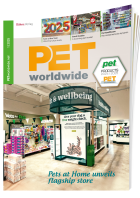



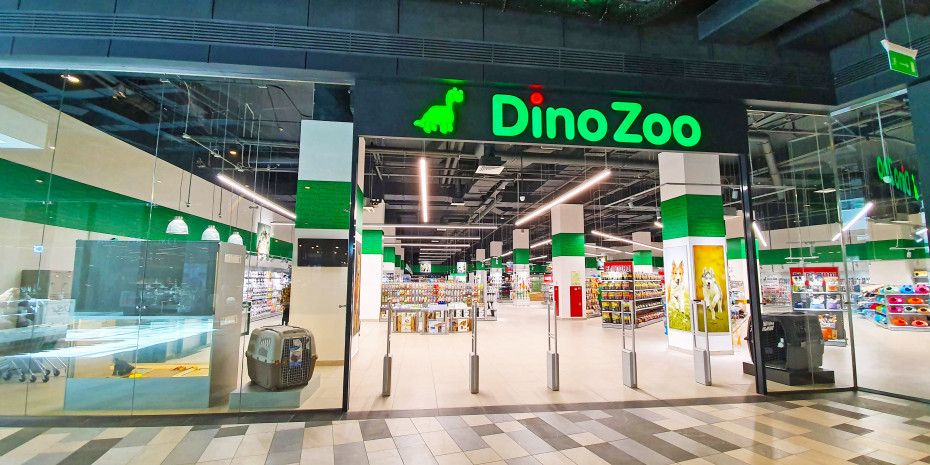


 6/2019
6/2019
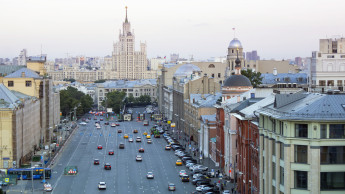


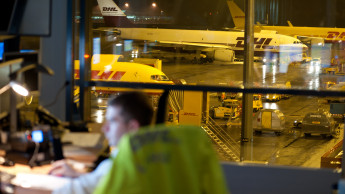
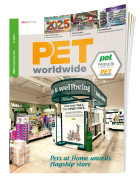


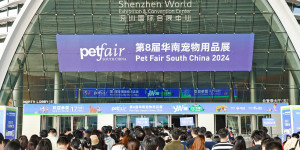

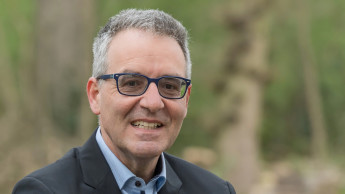
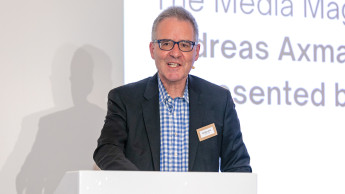
 Newsletter
Newsletter